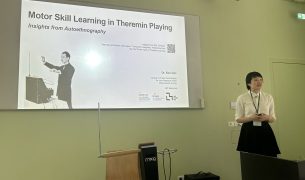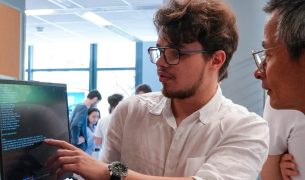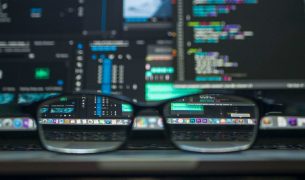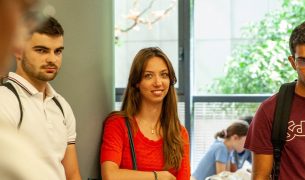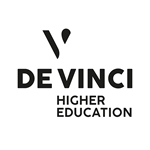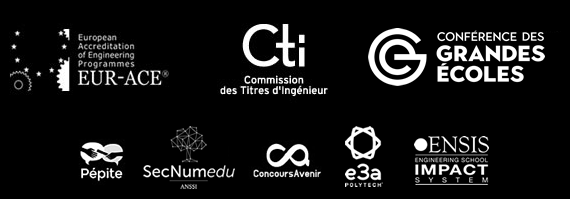A tribune about teaching AI written by Rony Germon, Director of Digital Pedagogies and Pedagogical Innovation at the Pôle Léonard de Vinci, originally published in Le Monde des Grandes Ecoles.
Artificial Intelligence (AI) is at the concerns of public authorities, start-ups or large groups. Sometimes an oracle, sometimes a destroyer of employment, one lends him all the virtues and all the evils.
Indeed, the AI promises to completely upset our ways of doing things, acting and interacting with the world. Although present in all areas of our daily lives: smartphones, factory robots or online banks, it seems difficult to fully understand the limits and opportunities of AI, as the applications seem numerous.
Moreover, it brings to the attention of many laypersons a number of fantasies fueled by a rich literature and cinematography of examples where the machine has surpassed the human being (see 2001, the Space Odyssey, Matrix, Terminator, Her, I.Robot etc.).
Intelligence, are you there?
Behind this term – Artificial Intelligence – machine learning which is a sub-domain of artificial intelligence. Machine Learning has been leaving the science fiction category for a long time to make our reality.
Machine learning creates an illusion of intelligence but it mimics only one facet of human intelligence. The word “intelligence” therefore seems ill-adapted to the reality of machine learning technologies.
This is difficult to make of the intelligence with the binary because of self-intelligence. Nevertheless, the desire to explore the borders of Artificial Intelligence through academic research is growing.
To form champions of Artificial Intelligence
Thus, the European Commission has decided to commit between 2018 and 2020 almost 1.5 billion € to develop research devoted to AI. Added to this are the initiatives of large private groups. For example, Facebook is developing laboratories around the world (US, Paris, London, and Montreal) dedicated to artificial intelligence: the Facebook AI Research, FAIR, intended to produce a high-level open-minded search for artificial intelligence. The recent Villani report has paved the way to make France a champion of AI and catch up with countries like China, the United States or Israel
It is undeniable that the development of AI requires a high level of research in mathematics and computer science, but this research only makes sense if it irrigates teaching.
Despite the excitement around AI training, the volume of students trained remains quite confidential. It is estimated that 85% of the jobs that will be exercised in 2030 do not yet exist and that AI will profoundly change the contours of these trades of the future. We understand the urgency of developing training.
At ESILV, the combination of hard skills and soft skills
To meet the challenges raised by artificial intelligence, the training will have to be part of the logic of transformation of the modes of transmission of knowledge (pedagogy by project, implementation of transdisciplinarity, peer activity, experimentations outside the walls etc.). The soft skills (development of creativity, acquisition of social and situational skills) are also at the heart of the DNA of these new formations.
Because the hybridization can give birth to a more “intelligent” artificial intelligence and to individuals more able to meet the challenges that AI imposes on our society.
ESILV articulates its educational project around the combination “Hard Skills” and “Soft Skills” while developing the transversality of its curriculum thanks to the 20% of courses in common with a school of management (EMLV) and a school of multimedia (IIM). This hybridization of skills is likely to promote the serendipity and agility of students, especially in its major IBO (Computer, Big Data, and Connected Objects) designed to train the next engineers who will lead and accompany the digital transformation of companies.
More about our mission at ESILV. How to contact Rony Germon













